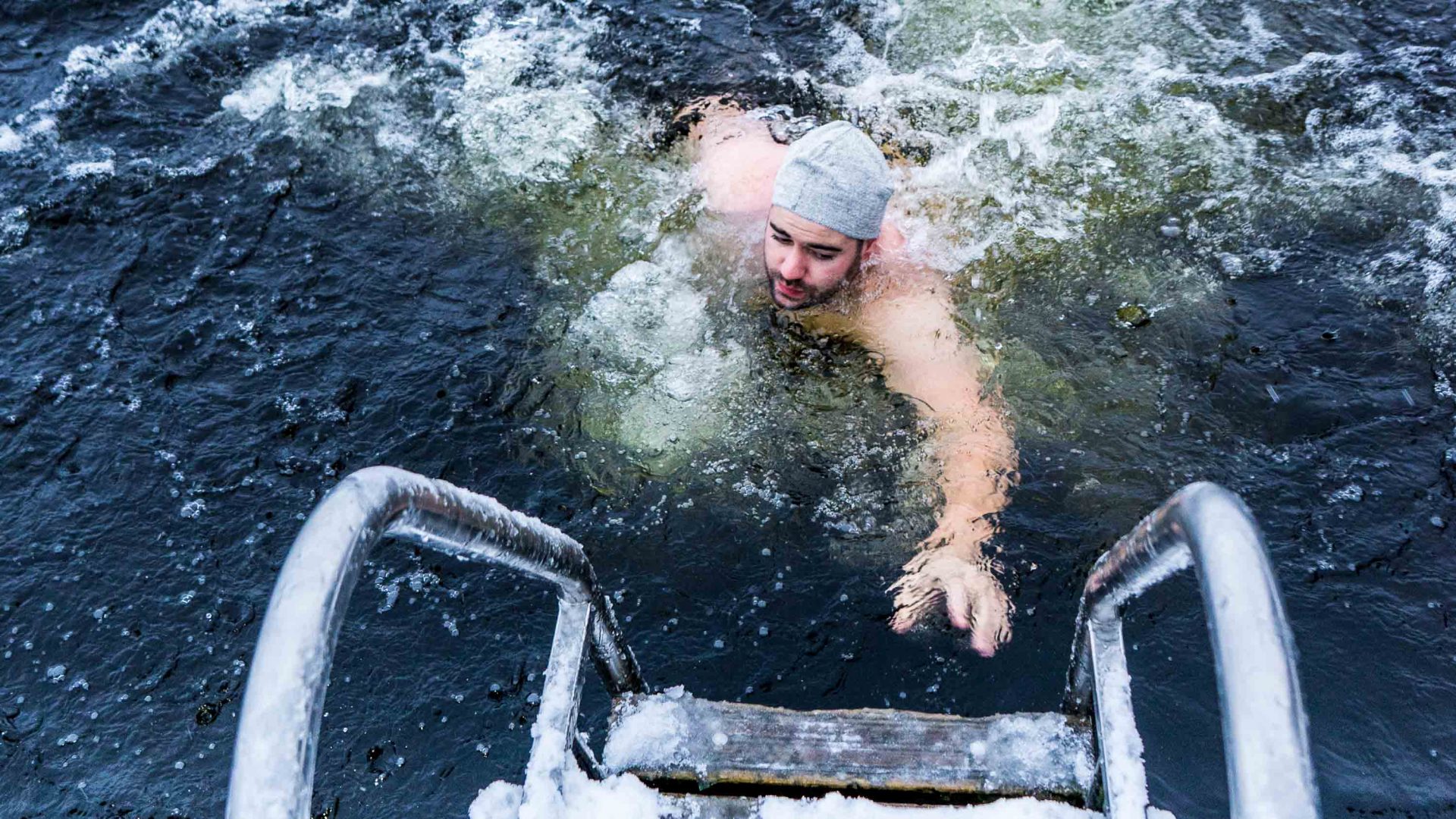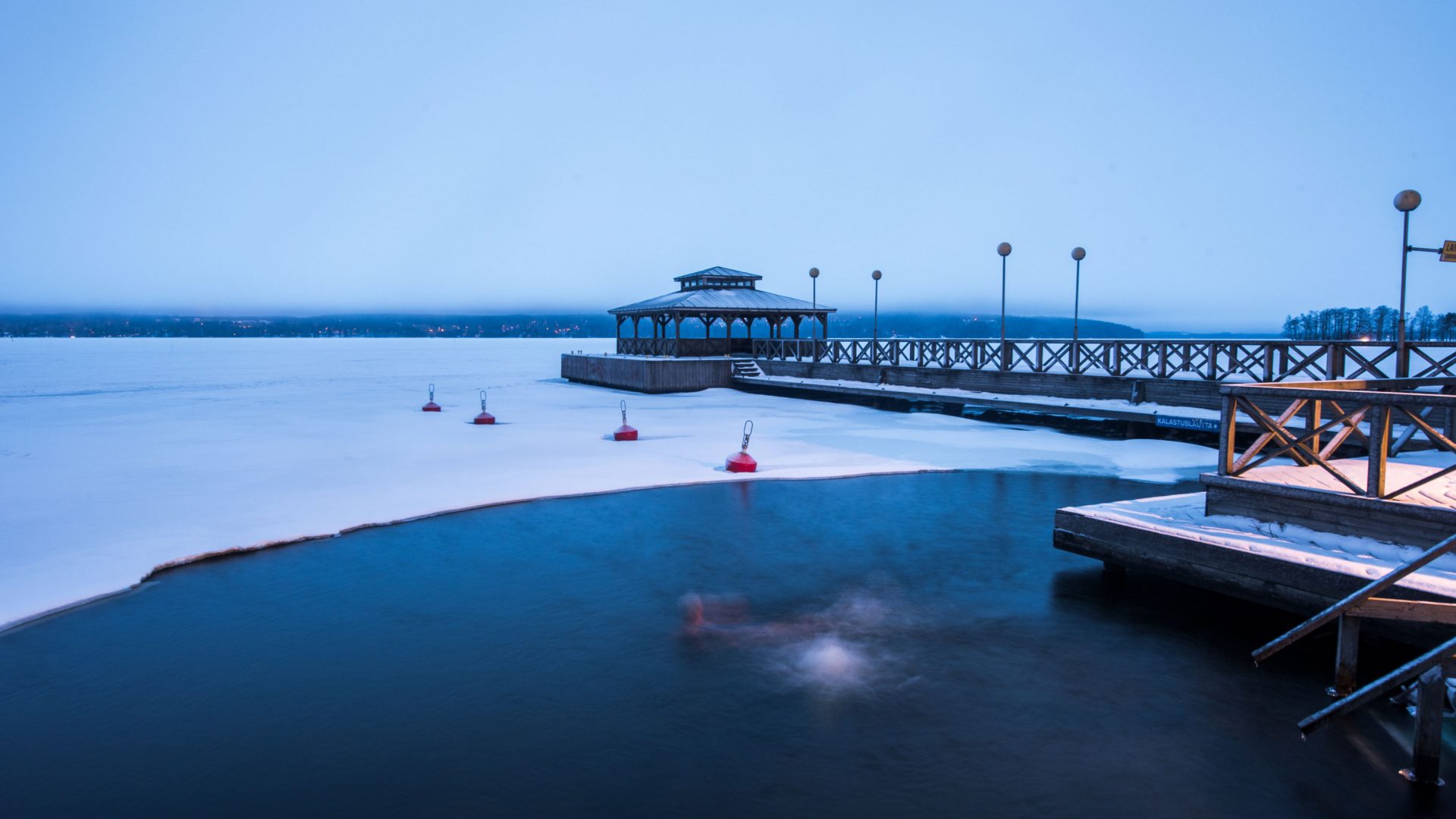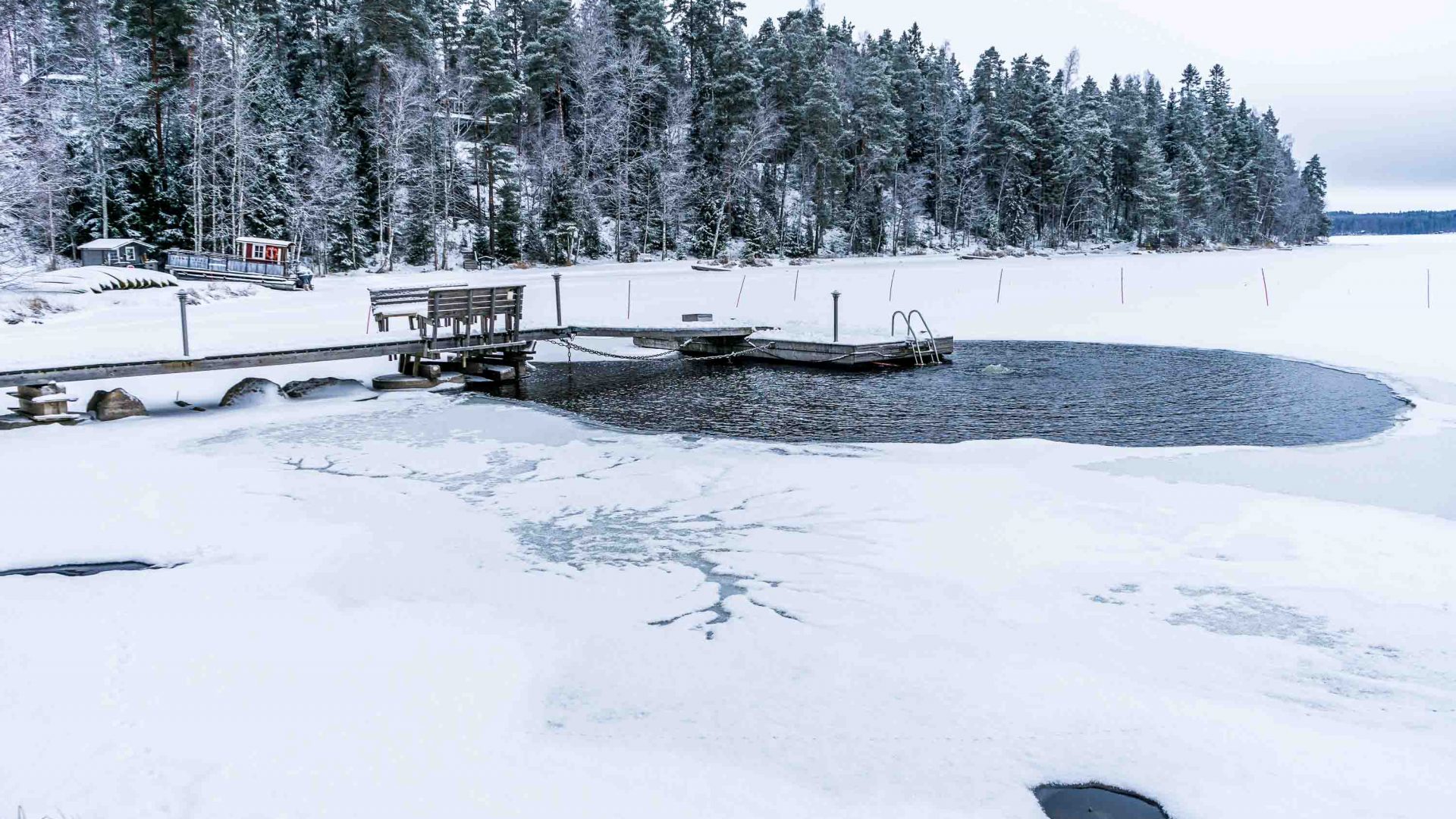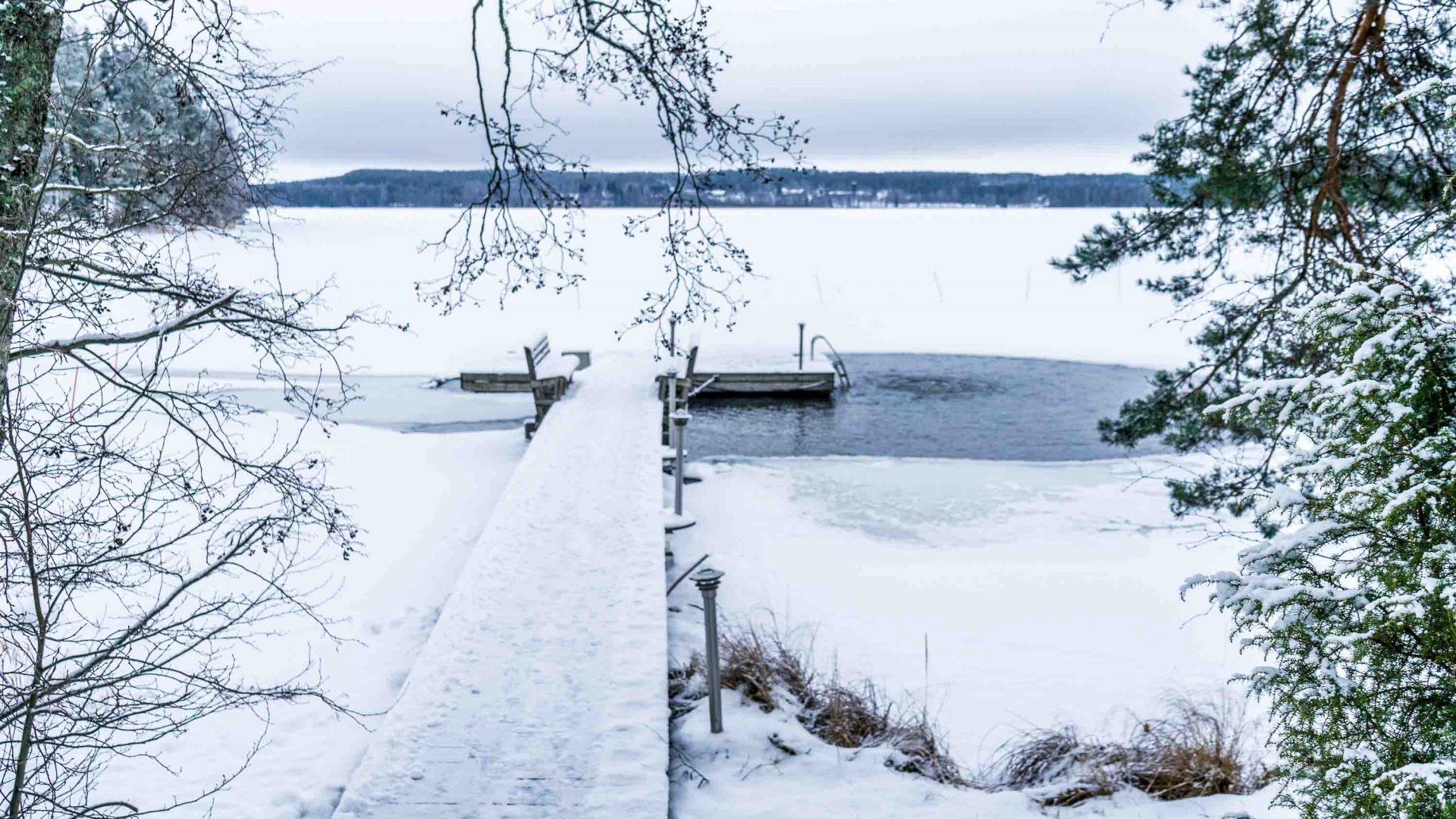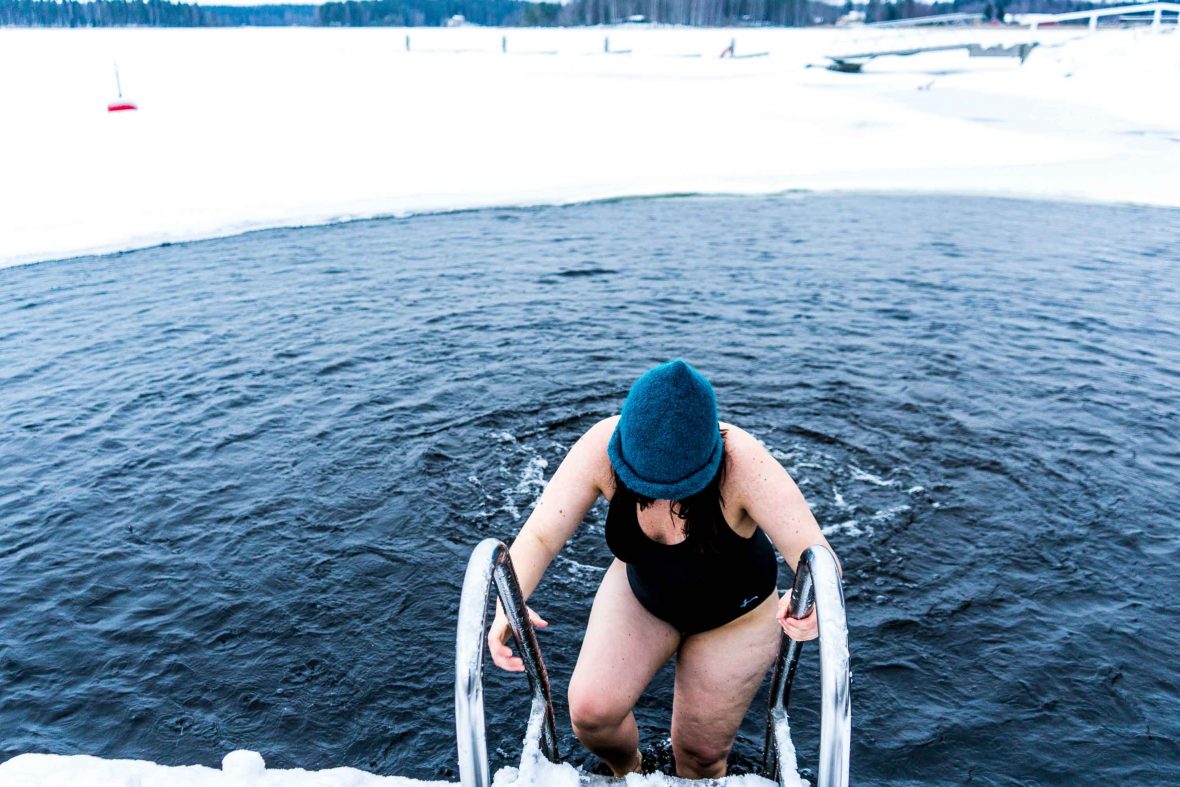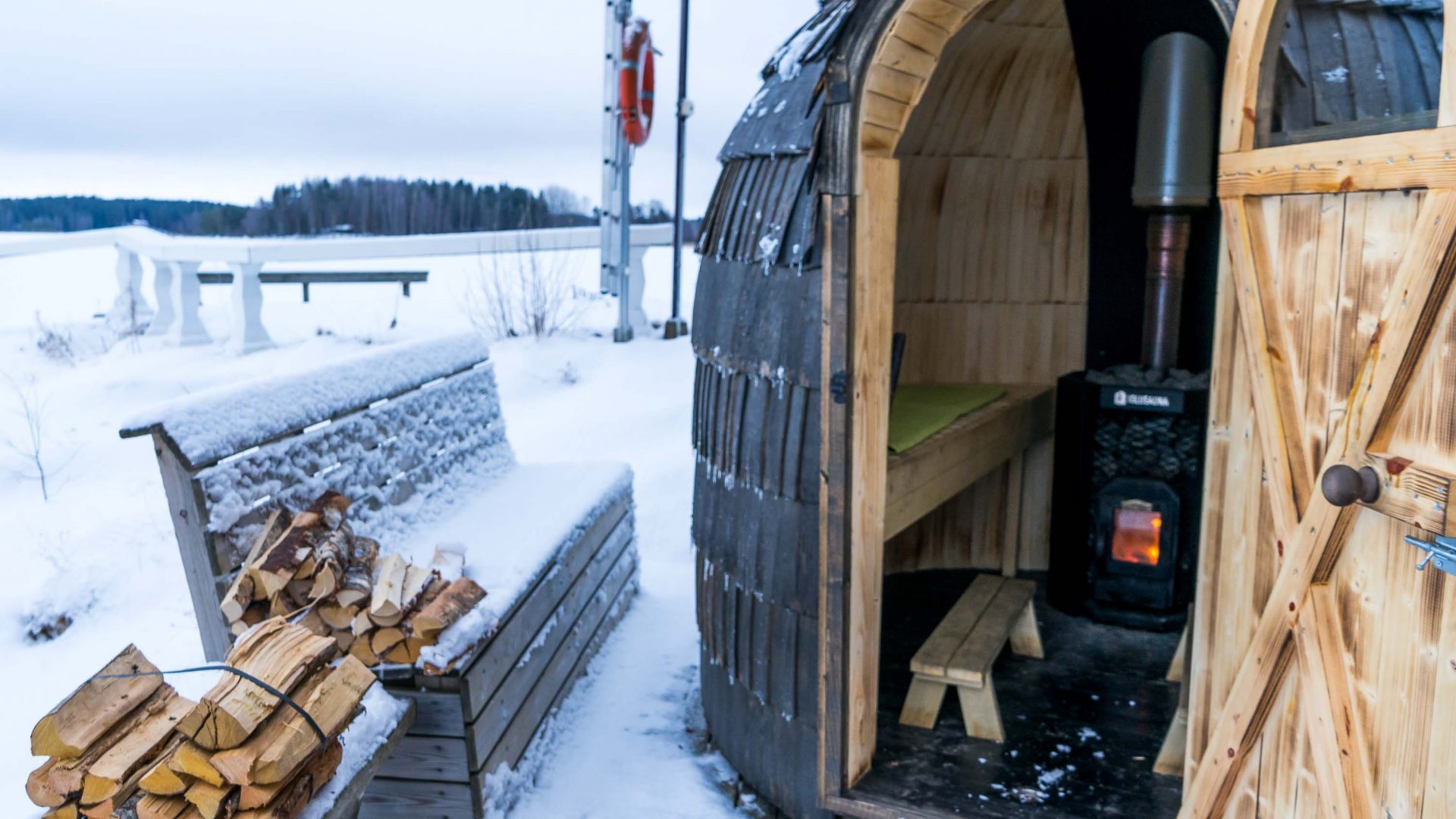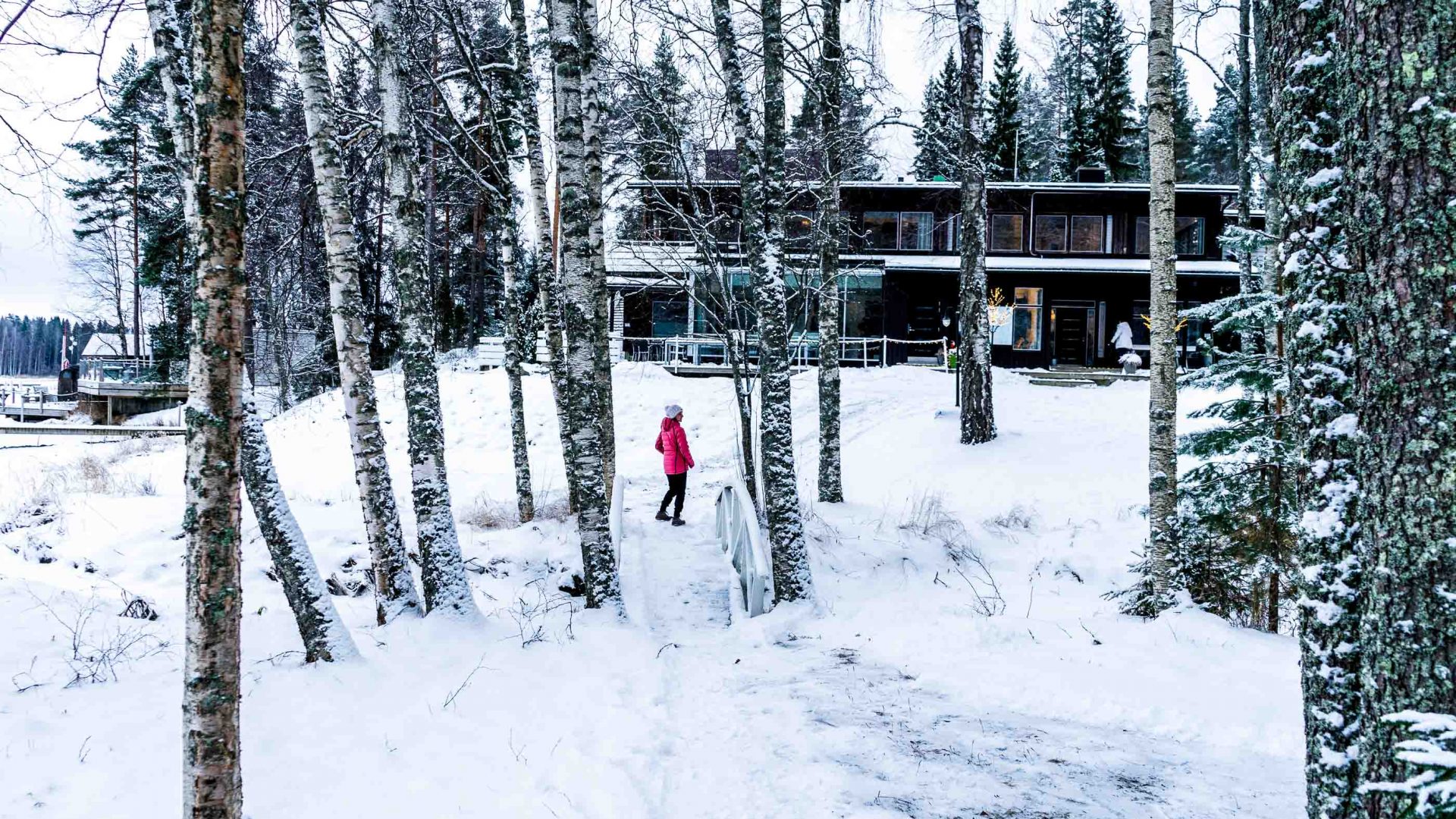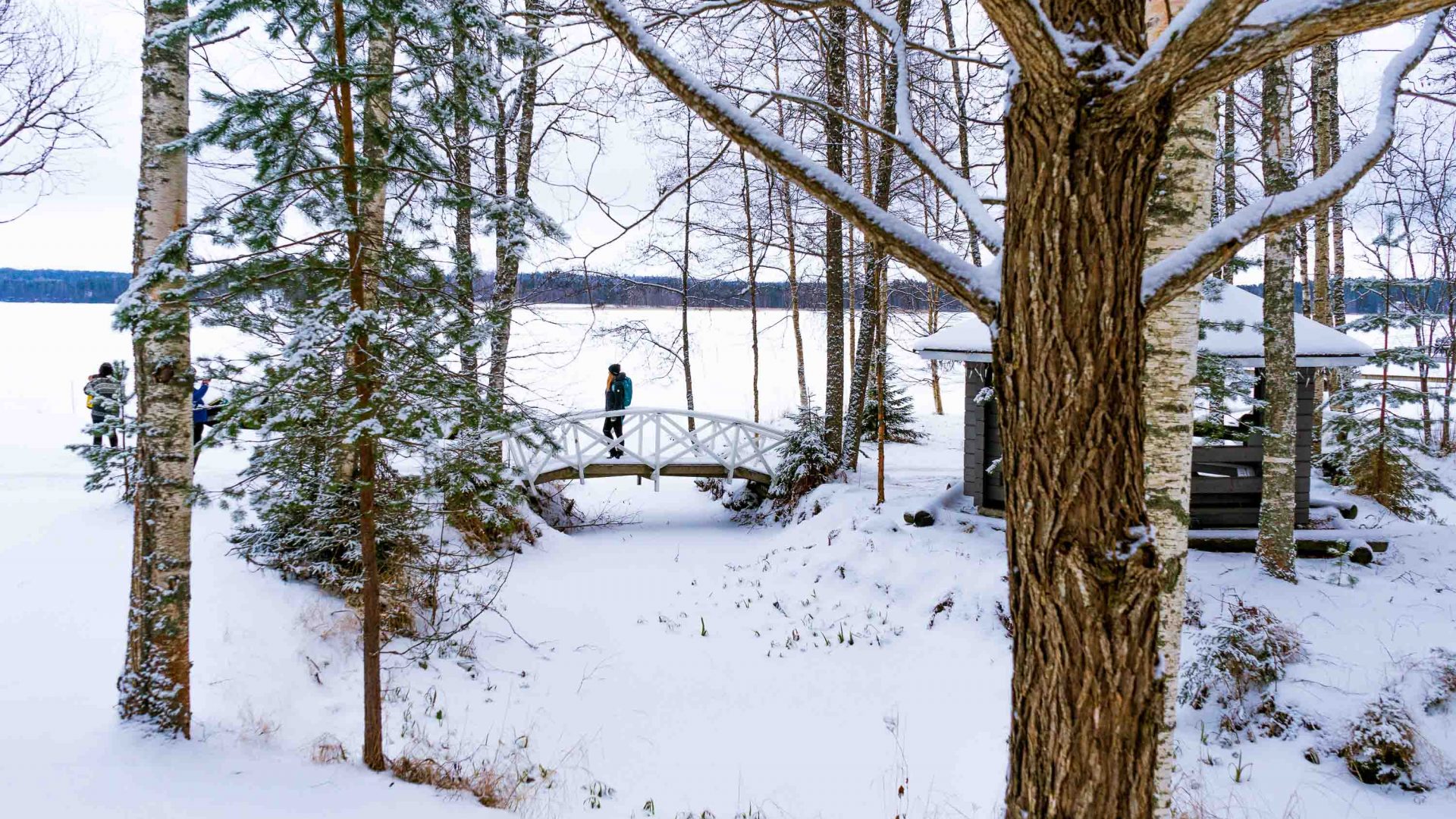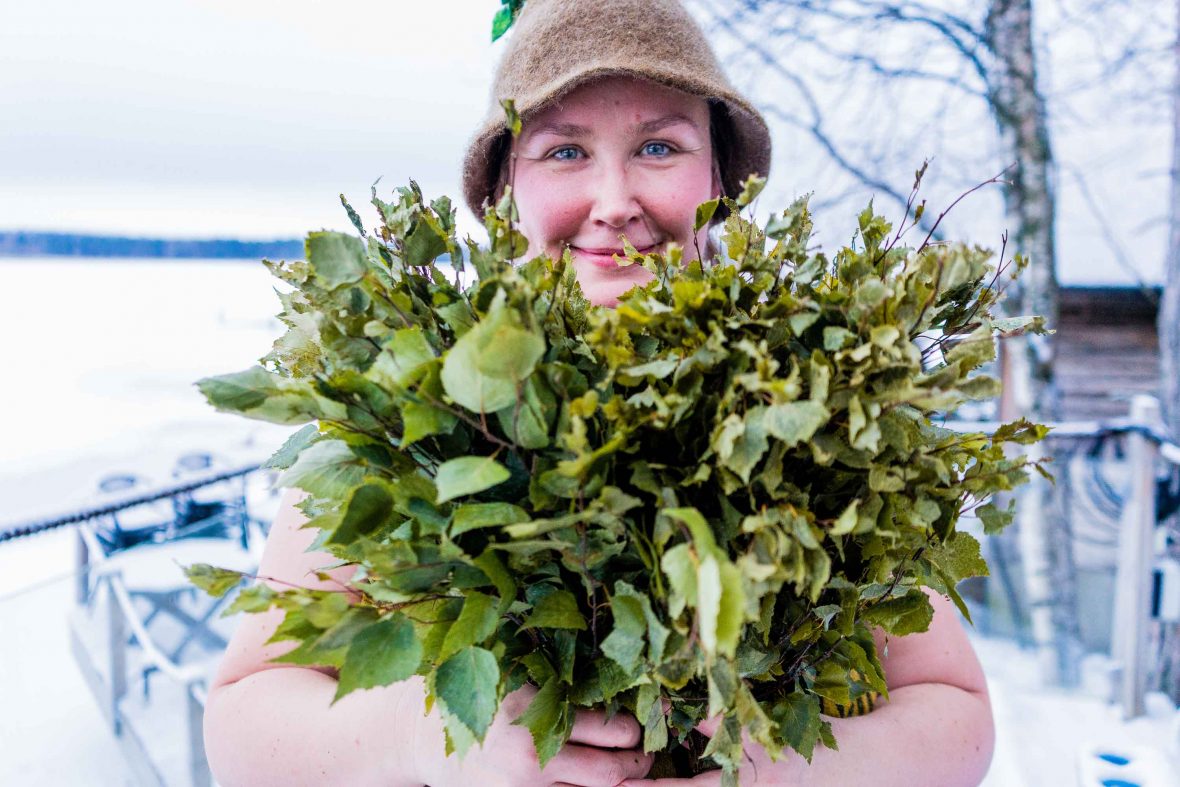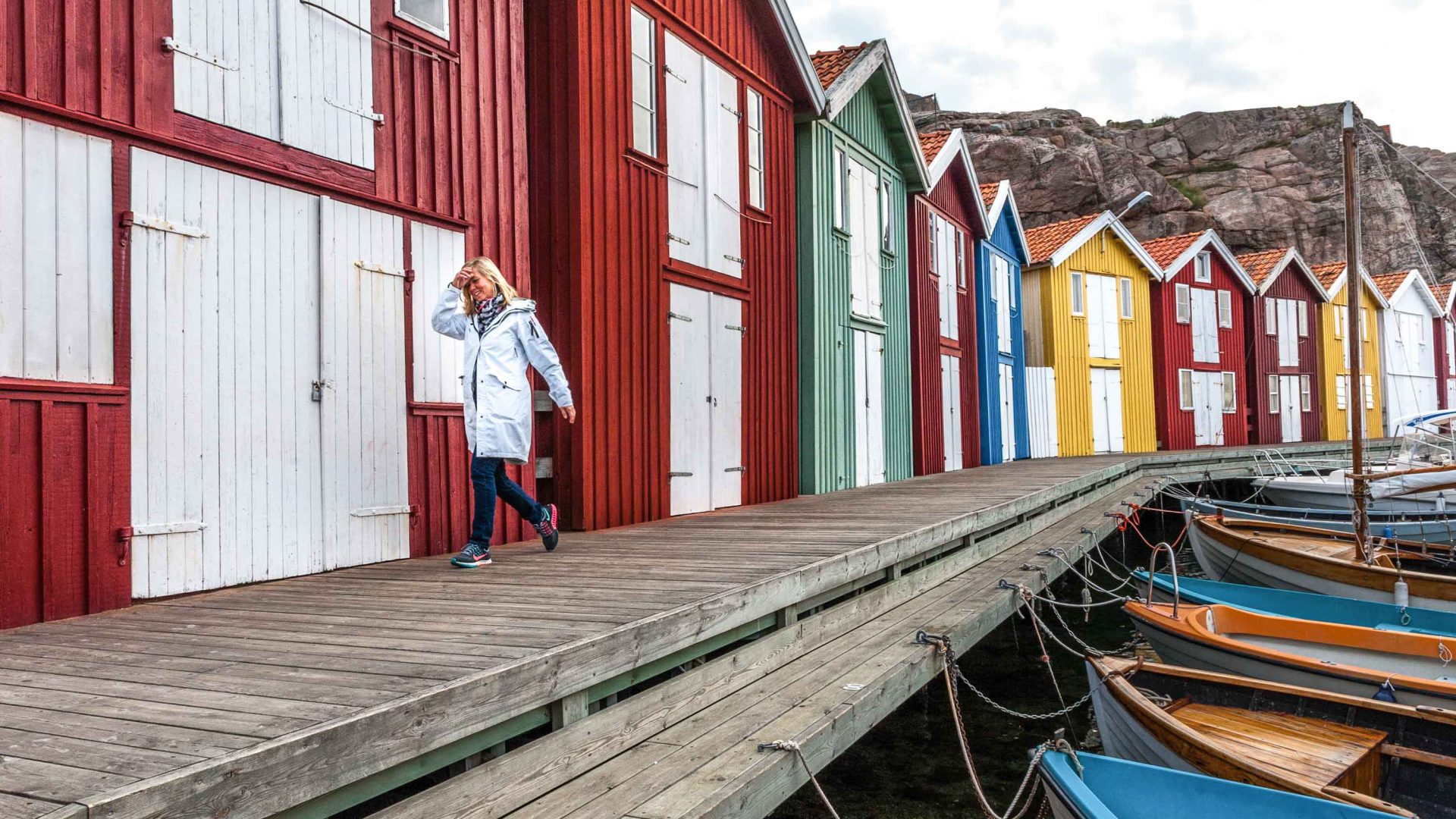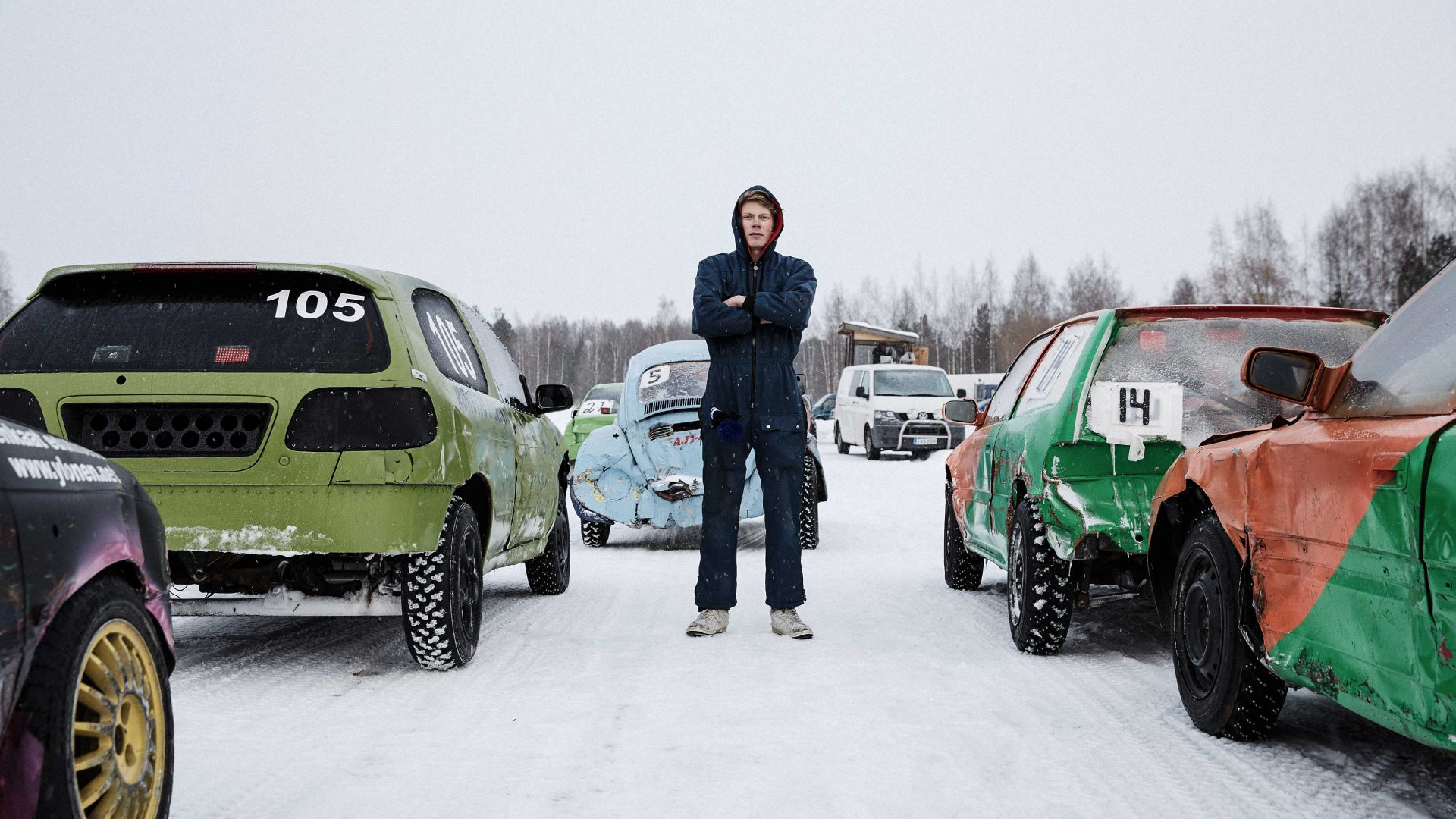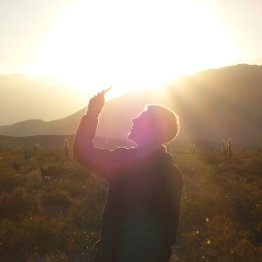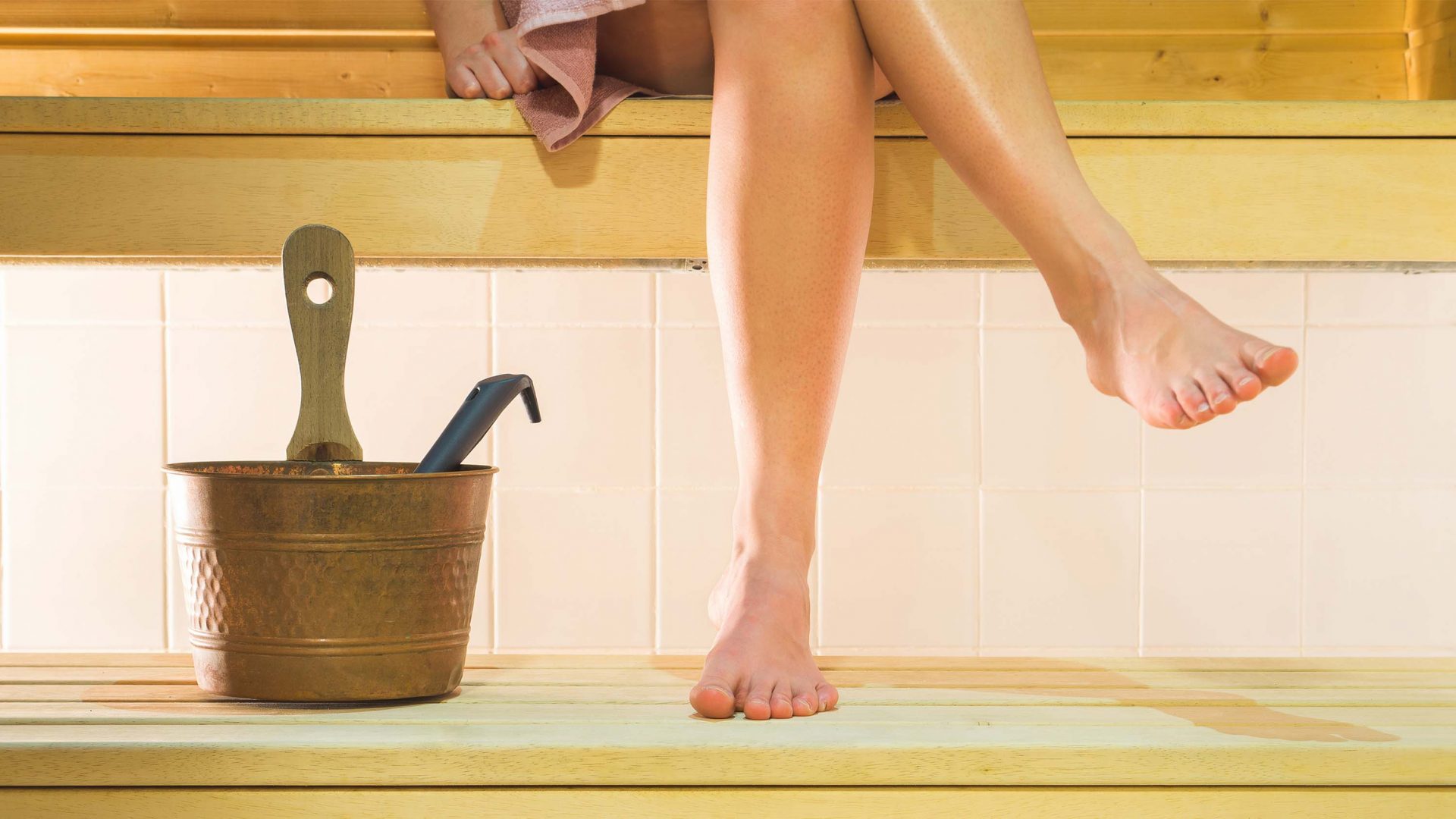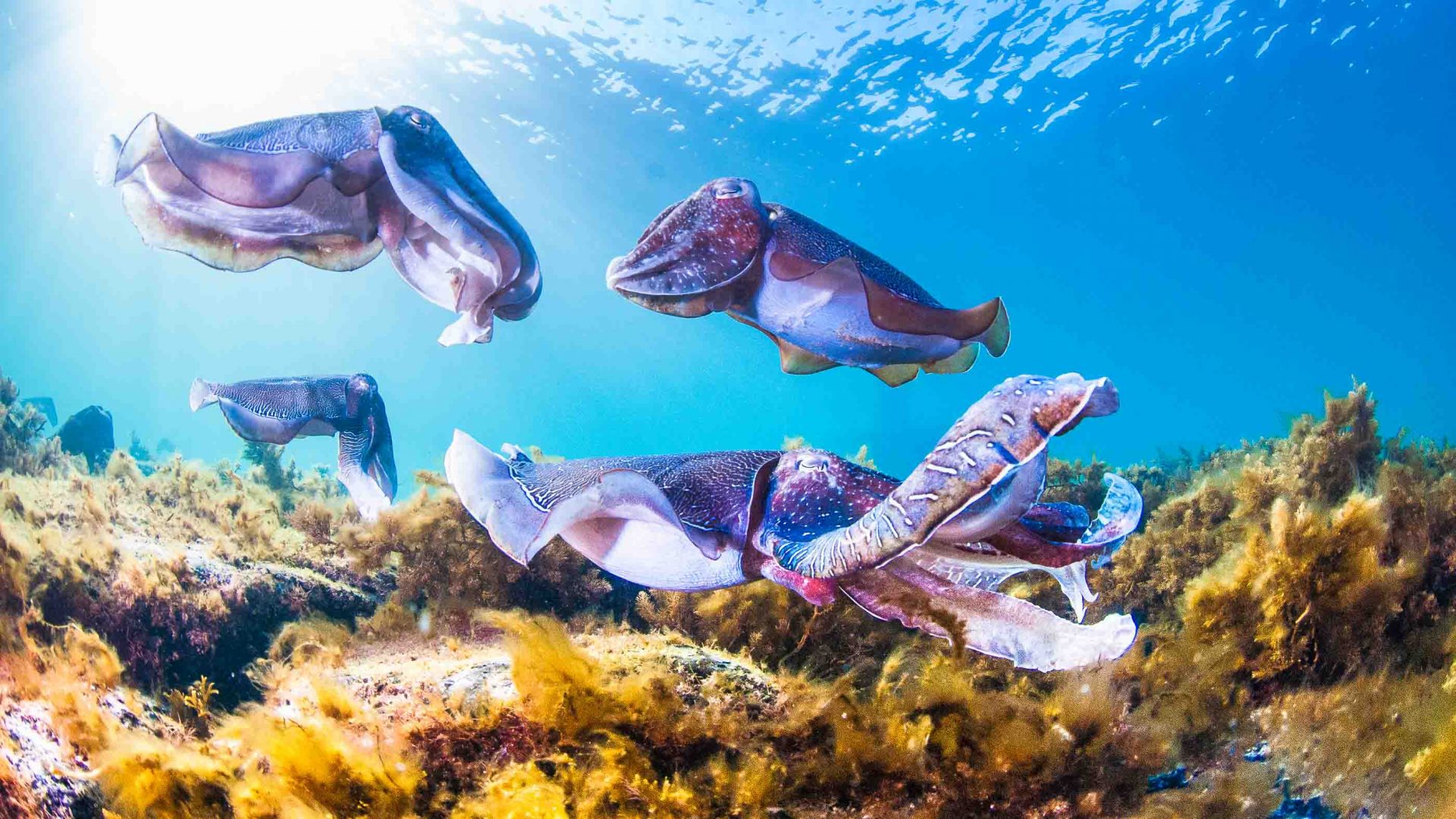Lola Akinmade Åkerström has long been fascinated by ice swimming and how easily Finns submerge themselves into freezing waters. Can she too find her inner sisu?
It’s easily 15 degrees Celsius below zero. Wearing nothing more than a woolen hat and swimming trunks, Dave calmly walks to a wooden ladder—caked with snow and ice—that disappears down a hole. After a few deep breaths, he quietly climbs down and submerges his body neck-deep into the only patch of inky blue water that isn’t frozen over in Lake Päijänne, Finland’s second largest lake. After silently treading for a few seconds, he swims a few feet from the ladder, and just as silently makes his way back out.
I eye him suspiciously. Could it really be that effortless?
Now it’s my turn. I shuffle inelegantly along the jetty, walking barefoot on snow and wincing loudly with each icy step. Grabbing onto the ladder’s cold metal railings elicits an expletive, and as I make my way down, each step punctuated by screams of “oh shit!”, the freezing water feels like little knives stabbing with each advance. It is excruciating, terrifying, and yet invigorating all at once. That initial piercing feeling morphs into needles poking my skin, somewhat pleasantly, like acupuncture.
But I’m not sure I want that stabbing feeling around my chest quite yet, no matter how relaxing. So, after popping out twice to pre-emptively avoid going into cardiac arrest, I settle for two waist-high dips. And this is my first attempt at ice swimming in Finland.
Several scientific studies back up Dave’s reflections. Immersing one’s self in cold water helps reduce blood pressure, builds immunity, and triggers the brain’s endorphins which increase your resistance to pain and envelopes you in a sense of euphoria that helps battle depression.
Dating back to the 17th century, ice swimming (avanto in Finnish) is revered in this Nordic country and it’s said that the first clubs promoting this invigorating lifestyle were founded in the early 20th century. Today, there are over 260 swimming locations and registered clubs, such as Uunisaari Arctic Swimming Club, which has roughly 220 members. In Helsinki alone, there are at least 14 places where you can take a chilly dip; the winter swimming season usually starts when temperatures fall below 10 degrees Celsius.
RELATED: The death-defying Finnish ice rally for the whole family
Plus, anyone with prime real estate access to a lake or the bay in their backyard can bore ice holes with chainsaws, dig them out with spades, and make their own frosty swimming pools. The rules for ice swimming are quite simple, really. Don’t put your head under water and always keep your body at neck or chest level. Other than that, it’s all about taking a deep breath and slowly lowering yourself down the ladder into the ice hole.
It seems intense pain and exquisite pleasure are tightly coupled in Finland. “The feeling you get from an ice dip is the closest you’ll ever get to traveling to the third dimension,” Dave tells me. “The trick is to go from the sauna very slowly. Lower yourself into the water very slowly, ensuring your heart rate can be slowed down, then try to stay in the ice water for about 30-60 seconds, going into a form of meditational trance.”
In other words, it’s about consciously slowing down—mentally and physically— so you can simultaneously survive and enjoy the experience. While on my first try, I never did experience that quiet meditation-esque trance due to my gut-wrenching screams, I did promise myself the next time around, I’ll go neck-deep.
Silence not guaranteed, though.
